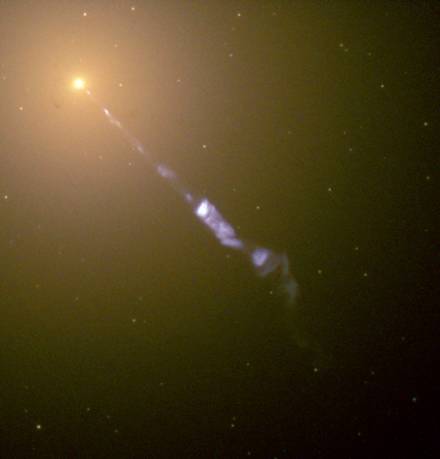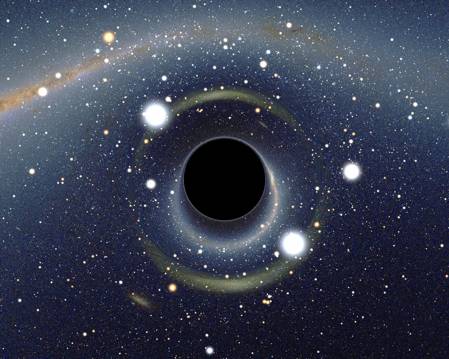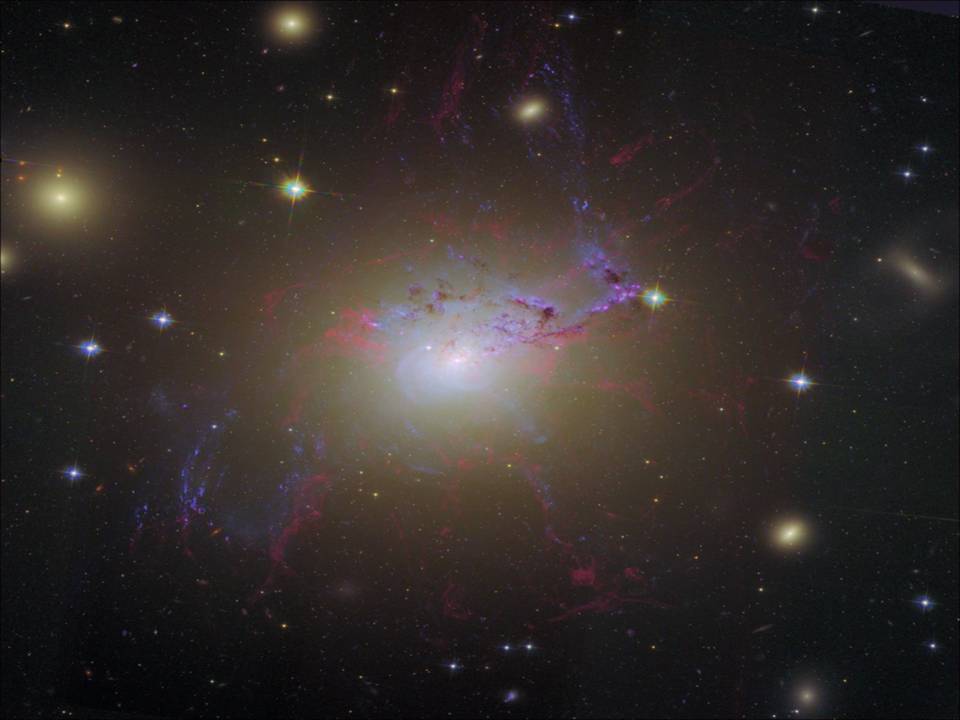Putting Cosmic Creation to the Test
Thanks to an avalanche of astronomical discoveries made over the past five decades, we now know that the Bible, despite being written thousands of years ago, is correct in all its descriptions of the fundamental elements of big bang cosmology.1 Since these statements were unique to the Bible until the twentieth century and because they are so detailed and specific, they rank as one of the most dramatic examples of the Bible’s predictive power.
While big bang cosmology is powerful evidence for the God of the Bible and the Bible’s supernatural inspiration and inerrancy, one way we can continue to challenge skeptics to consider Christianity’s truth-claims is to propose a test. If the Bible and Christianity are true, we would expect that the more astronomers learn about the universe, the more extensive, detailed, and potent the evidence for big bang cosmology would become.
The current accumulated cosmological database now strongly supports the ΛCDM inflationary hot big bang creation model. This model states that the universe is predominantly comprised of:
- dark energy (energy embedded in the space surface of the universe that causes the cosmic surface to expand faster and faster as the universe ages); and
- exotic dark matter (matter that weakly interacts with photons) where most of that matter is cold (majority of the exotic particles move at low velocities relative to the velocity of light).
Together dark energy and exotic dark matter comprise about 96 percent of the universe. Ordinary matter (proton, neutrons, and electrons) makes up just 4 percent.
Now, a team of seven astronomers from the University of Durham and the California Institute of Technology has produced the first confirmation of a key prediction of the ΛCDM inflationary hot big bang creation model.2 They confirmed that galaxy formation in the context of ΛCDM “can reproduce the observed radio phenomenology of AGN.”3
AGN is an acronym for active galaxy nuclei (see figure 1). It refers to galaxies that possess a supermassive black hole (more massive than a hundred million times the mass of the Sun) in their central core. There, that black hole accretes so much matter that powerful radio wavelength radiation is emitted from jet-like structures outside the black hole’s event horizon (see figure 2).

Figure 1: An Active Galaxy Nucleus at Center of Elliptical Galaxy M87
A giant jet of synchrotron radiation (blue) is ejected by energy mechanisms outside the black hole’s event horizon. This image shows only the inner 6,000 light-years of M87.
Image credit: NASA/ESA/Hubble Space Telescope

Figure 2: Simulated View of a Black Hole
Any matter or light that gets closer to the black hole than its event horizon will never escape in any time less than 1066 years. However, the gravitational forces exerted by the black hole will generate powerful emissions just outside the event horizon diameter.
Image credit: Alain
The astronomy team built a ΛCDM model for the formation of supermassive black holes. They demonstrated that their model reproduces the radio loudness of radio galaxies, Seyfert galaxies (see figure 3), and LINERs (low-ionization nuclear emission-line regions). They also showed that the jet properties of AGNs are a natural consequence of both the rate of accretion and the spin rate of the supermassive black holes.

Figure 3: A Typical Seyfert Galaxy
At just 237 million light-years away, NGC 1275 (also known as Perseus A) is one of the closest and best studied Seyfert Galaxies. It is located near the center of the large Perseus Cluster of galaxies.
Image credit: NASA/ESA/Hubble Legacy Archive (STScI/AURA)
The team’s research shows that the ΛCDM hot big bang creation model remains consistent with the entirety of the astronomical database. It provides yet one more example demonstrating that the more astronomers learn about the universe, the more evidence they uncover in support of the biblical cosmic creation model.
Endnotes
- Hugh Ross, The Creator and the Cosmos, 3rd ed. (Colorado Springs: NavPress, 2001), 23–29.
- N. Fanidakis et al., “Grand Unification of AGN Activity in the LCDM Cosmology,” Monthly Notices of the Royal Astronomical Society 410 (January 2011): 53–74.
- Ibid., 53.




